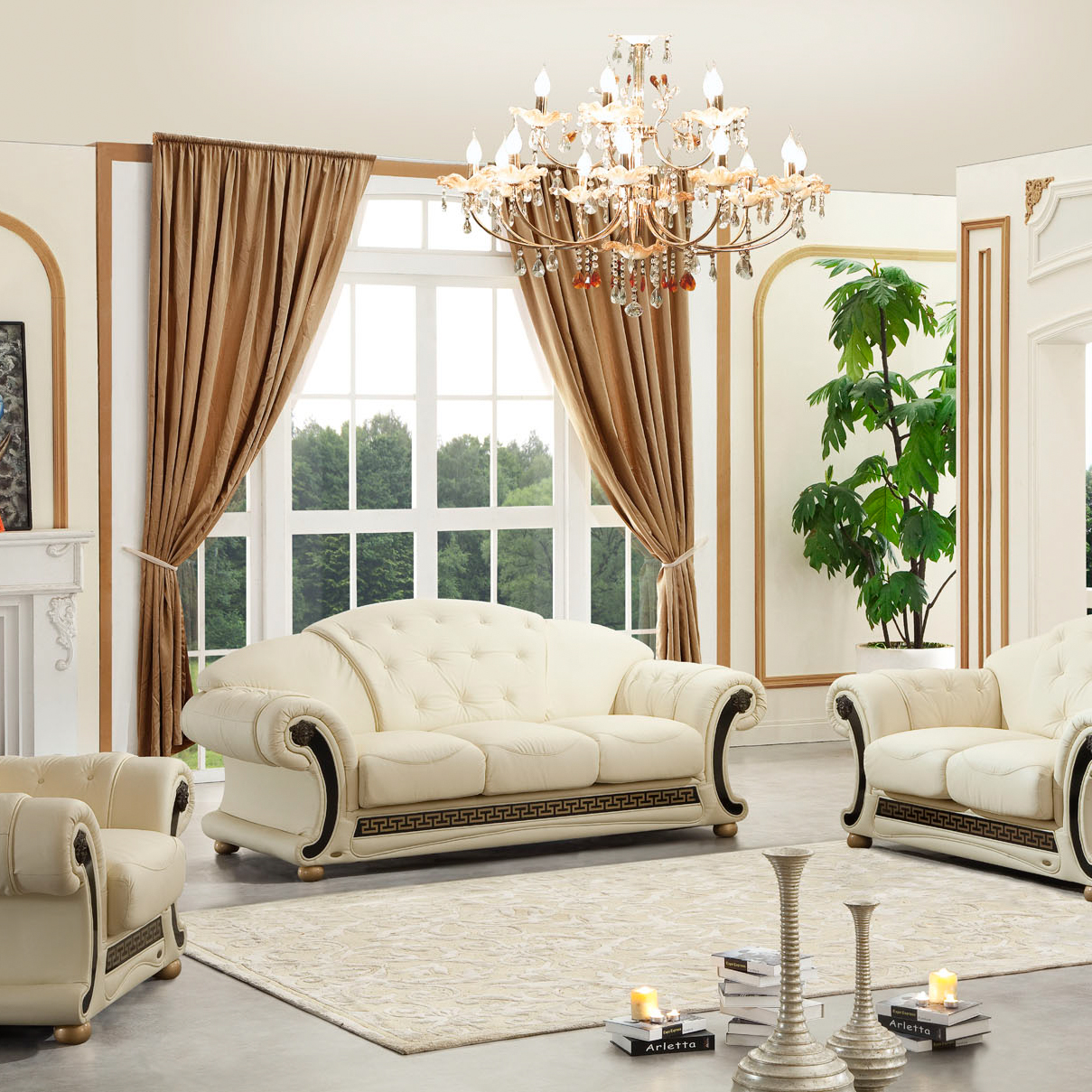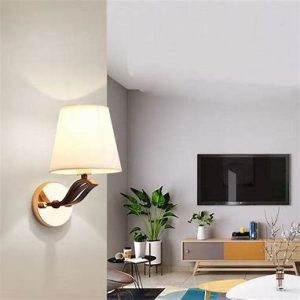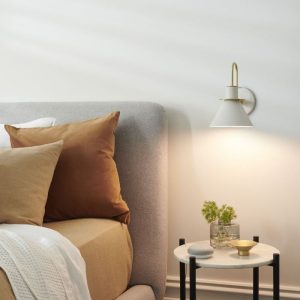Chandeliers Zangkao have a long and rich history, dating back to medieval times when they were used to illuminate grand halls and castles. Over the years, chandeliers have evolved from simple candle holders to elaborate works of art, becoming a symbol of luxury and elegance. Today, chandeliers continue to be a popular choice for lighting fixtures in homes, particularly in the living room.
The living room is often considered the heart of the home, where families gather to relax, entertain guests, and spend quality time together. A well-designed living room can greatly enhance the overall ambiance and aesthetic appeal of a home, and a chandelier can play a key role in achieving this.
Having a chandelier in your living room can instantly elevate the space, adding a touch of sophistication and glamour. The right chandelier can become the focal point of the room, drawing attention and creating a sense of grandeur. It can also provide ample lighting, illuminating the entire space and creating a warm and inviting atmosphere.
Choosing the Right Chandelier for Your Living Room Style
When it comes to choosing the right chandelier for your living room, it’s important to consider your personal style and the overall aesthetic of the space. Identifying your living room style will help you narrow down your options and find a chandelier that complements the existing decor.
If you have a traditional or classic living room style, opt for a chandelier with ornate details and intricate designs. Crystal chandeliers are a popular choice for traditional spaces, as they exude elegance and timeless beauty. For a more modern or contemporary living room style, consider a chandelier with clean lines and minimalist design. Metal or glass chandeliers can add a sleek and sophisticated touch to these spaces.
When selecting a chandelier for your living room, it’s important to ensure that it matches the scale and proportion of the space. A small chandelier in a large living room can look out of place and insignificant, while a large chandelier in a small living room can overwhelm the space. Take measurements of your living room and consider the height, width, and length of the chandelier to ensure a proper fit.
How to Determine the Best Size for Your Living Room Chandelier
Determining the best size for your living room chandelier is crucial to achieving a balanced and harmonious look. The size of your chandelier should be proportional to the size of your living room, taking into account the height of the ceiling and the dimensions of the space.
To measure your living room space, start by measuring the length and width of the room. Multiply these two measurements together to get the square footage. For example, if your living room is 12 feet long and 10 feet wide, the square footage would be 120 square feet.
Next, consider the height of your ceiling. As a general rule of thumb, the bottom of the chandelier should hang at least 7 feet above the floor. If you have a standard 8-foot ceiling, this leaves you with about 1 foot of clearance between the bottom of the chandelier and the floor.
To calculate the appropriate chandelier size, there are several formulas you can use. One common formula is to multiply the square footage of your living room by 1.5 or 2. For example, if your living room is 120 square feet, you would multiply that by 1.5 or 2 to get a chandelier size of 180-240 inches in diameter.
Factors to consider when choosing the size of your chandelier include the height of your ceiling, the size of your furniture, and the overall aesthetic you want to achieve. A larger chandelier can make a bold statement and fill up a large space, while a smaller chandelier can add a subtle touch of elegance.
Materials and Finishes: Exploring Your Chandelier Options
Chandeliers come in a wide variety of materials and finishes, each with its own unique characteristics and aesthetic appeal. When choosing the right material and finish for your living room chandelier, it’s important to consider the overall style and decor of the space.
Some common materials used for chandeliers include crystal, glass, metal, and wood. Crystal chandeliers are known for their luxurious and glamorous appearance, with their sparkling crystals reflecting light and creating a dazzling effect. Glass chandeliers can range from clear and transparent to colored and frosted, adding a touch of elegance and sophistication to any space. Metal chandeliers are versatile and can be found in a variety of finishes, such as brass, bronze, chrome, and nickel. Wood chandeliers can add a rustic and natural element to your living room decor.
Each material has its own pros and cons. Crystal chandeliers are delicate and require regular cleaning to maintain their shine. Glass chandeliers can be prone to breakage if not handled with care. Metal chandeliers are durable and easy to clean, but they can be heavy and may require additional support when installing. Wood chandeliers can add warmth and character to a space, but they may not provide as much sparkle or shine as crystal or glass.
When choosing the finish for your chandelier, consider the existing finishes in your living room, such as furniture, fixtures, and hardware. You can choose a finish that matches or complements these existing finishes, or you can opt for a contrasting finish to create visual interest. For example, if you have a living room with predominantly silver or chrome finishes, a chandelier with a brushed gold or bronze finish can add warmth and contrast.
Installation Tips for Your Living Room Chandelier
Installing a chandelier in your living room can be a complex task, and it’s important to ensure that it is done safely and correctly. Depending on the size and weight of the chandelier, you may need to hire a professional electrician or contractor to handle the installation.
If you choose to install the chandelier yourself, there are several steps you can take to prepare your living room and ensure a successful installation. Start by turning off the power to the room at the circuit breaker. This will prevent any electrical accidents or shocks while working on the chandelier.
Next, remove any existing light fixtures or ceiling fans that may be in the way. Make sure to follow the manufacturer’s instructions for removing these fixtures safely. Once the area is clear, you can begin installing the chandelier according to the manufacturer’s instructions.
The installation process typically involves attaching a mounting bracket to the ceiling, connecting the wiring, and hanging the chandelier. It’s important to follow all safety precautions and guidelines provided by the manufacturer. If you are unsure about any step of the installation process, it’s best to consult a professional.
Lighting Considerations: Creating the Perfect Ambiance with Your Chandelier

In addition to being a decorative focal point, a chandelier also serves as a source of lighting in your living room. Choosing the right bulbs and positioning your chandelier properly can help create the perfect ambiance and enhance the overall atmosphere of the space.
When it comes to choosing bulbs for your chandelier, consider both functionality and aesthetics. LED bulbs are energy-efficient and long-lasting, making them a popular choice for chandeliers. They come in a variety of color temperatures, ranging from warm white to cool white, allowing you to create different moods and lighting effects in your living room.
Positioning your chandelier is also important for optimal lighting. The height at which you hang your chandelier can affect how well it illuminates the space. As a general rule of thumb, the bottom of the chandelier should be at least 30 inches above the highest point of any furniture in the room. This ensures that the chandelier is not obstructed and provides ample lighting.
To create the perfect ambiance with your chandelier, consider adding a dimmer switch. Dimmers allow you to adjust the brightness of the chandelier, allowing you to create different lighting levels for different occasions. Whether you’re hosting a dinner party or enjoying a cozy movie night, dimmers can help set the mood and create a warm and inviting atmosphere.
Maintenance and Cleaning Tips for Your Living Room Chandelier
To keep your living room chandelier looking its best, regular maintenance and cleaning are essential. Dust, dirt, and grime can accumulate on the crystals or glass, dulling their shine and reducing the overall aesthetic appeal of the chandelier.
To maintain your chandelier, start by dusting it regularly with a soft cloth or feather duster. This will help remove any loose dirt or debris that may have settled on the surface. Avoid using harsh chemicals or abrasive materials, as they can damage the finish or scratch the crystals.
For a deeper clean, you can use a mild cleaning solution made from water and a gentle dish soap. Mix a few drops of dish soap with warm water in a spray bottle and lightly mist the chandelier. Use a soft cloth or sponge to gently wipe away any dirt or grime. Be sure to dry the chandelier thoroughly to prevent water spots or damage.
When cleaning your chandelier, it’s important to take safety precautions. Make sure to turn off the power to the chandelier at the circuit breaker before cleaning. If your chandelier is too high or difficult to reach, consider using a ladder or hiring a professional cleaner.
Adding Dimmers and Other Accessories to Your Living Room Chandelier
In addition to creating the perfect ambiance with lighting, you can enhance the functionality of your living room chandelier by adding dimmers and other accessories. Dimmers allow you to adjust the brightness of the chandelier, providing flexibility and control over the lighting levels in your living room.
Adding a dimmer switch to your chandelier is a relatively simple and cost-effective upgrade that can greatly enhance your living room experience. Dimmers are available in a variety of styles and designs, allowing you to choose one that matches the aesthetic of your living room. They can be installed by a professional electrician or as a DIY project, depending on your comfort level with electrical work.
In addition to dimmers, there are other accessories you can consider adding to your chandelier to enhance its functionality. For example, you can install a ceiling medallion around the base of the chandelier to add visual interest and create a more finished look. You can also add shades or diffusers to the bulbs to soften the light and create a more diffused and ambient glow.
When choosing accessories for your chandelier, consider both style and functionality. Look for accessories that complement the overall aesthetic of your living room and enhance the lighting experience. Whether you want to create a romantic atmosphere or provide task lighting for reading or working, there are accessories available to suit your needs.
Creative Ways to Incorporate Chandeliers into Your Living Room Design
Chandeliers are not limited to traditional or classic living room styles. They can be incorporated into a variety of design styles, from modern and contemporary to eclectic and bohemian. By thinking outside the box, you can find unique and creative ways to showcase your chandelier in your living room.
One creative way to incorporate chandeliers into your living room design is by using multiple chandeliers. Instead of having one large chandelier as the focal point, you can hang multiple smaller chandeliers at different heights and positions in the room. This creates visual interest and adds a touch of drama to the space.
Another creative way to showcase your chandelier is by incorporating it into different living room styles. For example, if you have a rustic or farmhouse-style living room, you can hang a chandelier made from reclaimed wood or antlers to add a rustic and natural element. If you have a bohemian or eclectic living room, you can choose a chandelier with colorful glass or beaded accents to add a pop of color and texture.
You can also get creative with the placement of your chandelier. Instead of hanging it in the center of the room, consider hanging it over a specific area or piece of furniture. For example, you can hang a chandelier over the dining table to create a focal point and provide task lighting for meals. You can also hang a chandelier over the coffee table or seating area to create a cozy and intimate atmosphere.
Transforming Your Living Room with a Beautiful Chandelier
In conclusion, chandeliers have a significant impact on living room decor, adding elegance, sophistication, and functionality to the space. By choosing the right chandelier for your living room style, determining the appropriate size, exploring different materials and finishes, and considering lighting considerations, you can transform your living room into a beautiful and inviting space.
Installing and maintaining your chandelier properly is crucial to ensuring its longevity and optimal performance. By following installation tips, cleaning and maintenance guidelines, and adding dimmers and other accessories, you can enhance the functionality and aesthetic appeal of your living room chandelier.
With creative ways to incorporate chandeliers into different living room designs, you can showcase your chandelier in unique and unexpected ways. Whether you choose one large chandelier as the focal point or multiple smaller chandeliers for visual interest, a well-designed chandelier can truly transform your living room into a stunning and inviting space.


